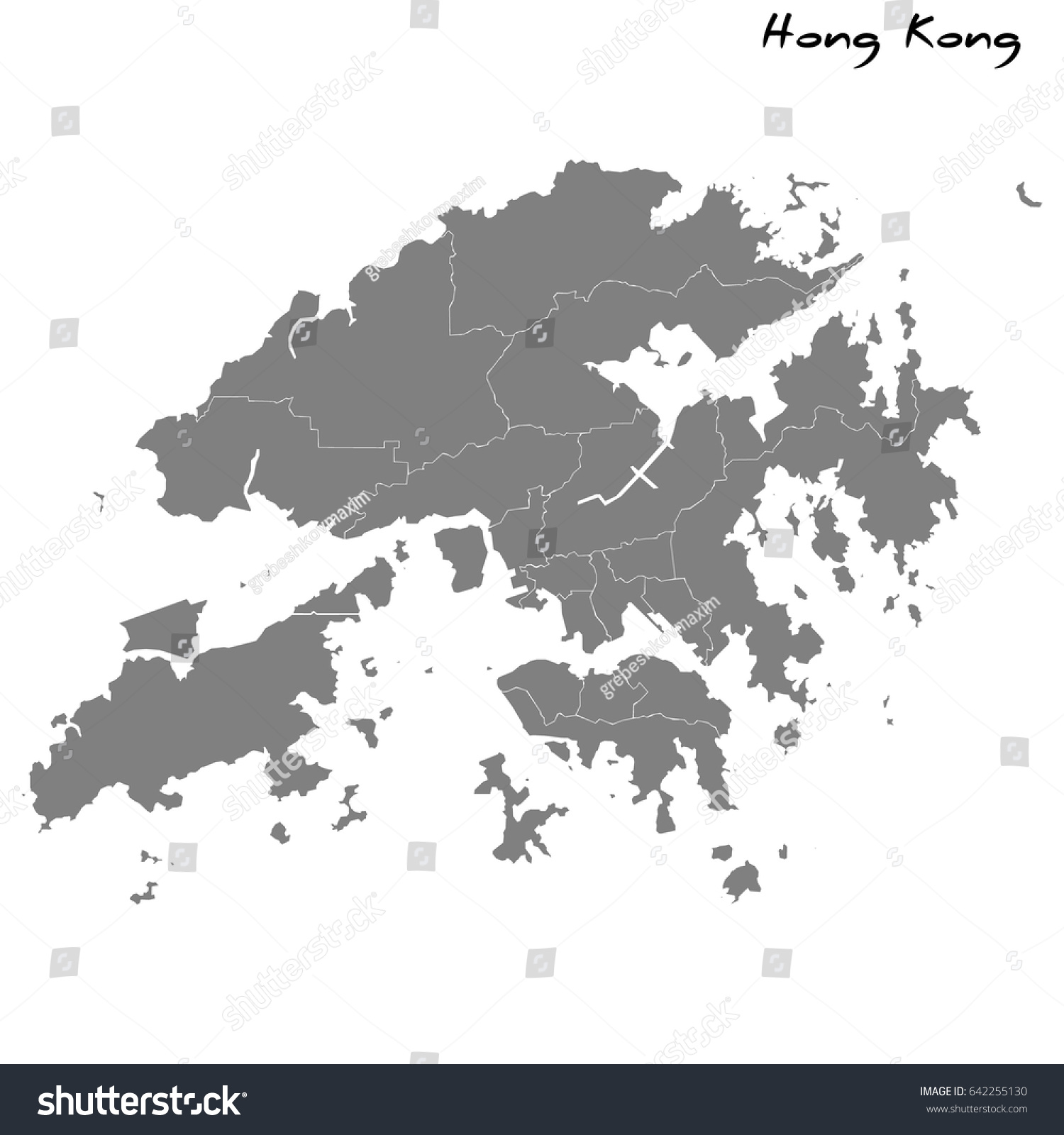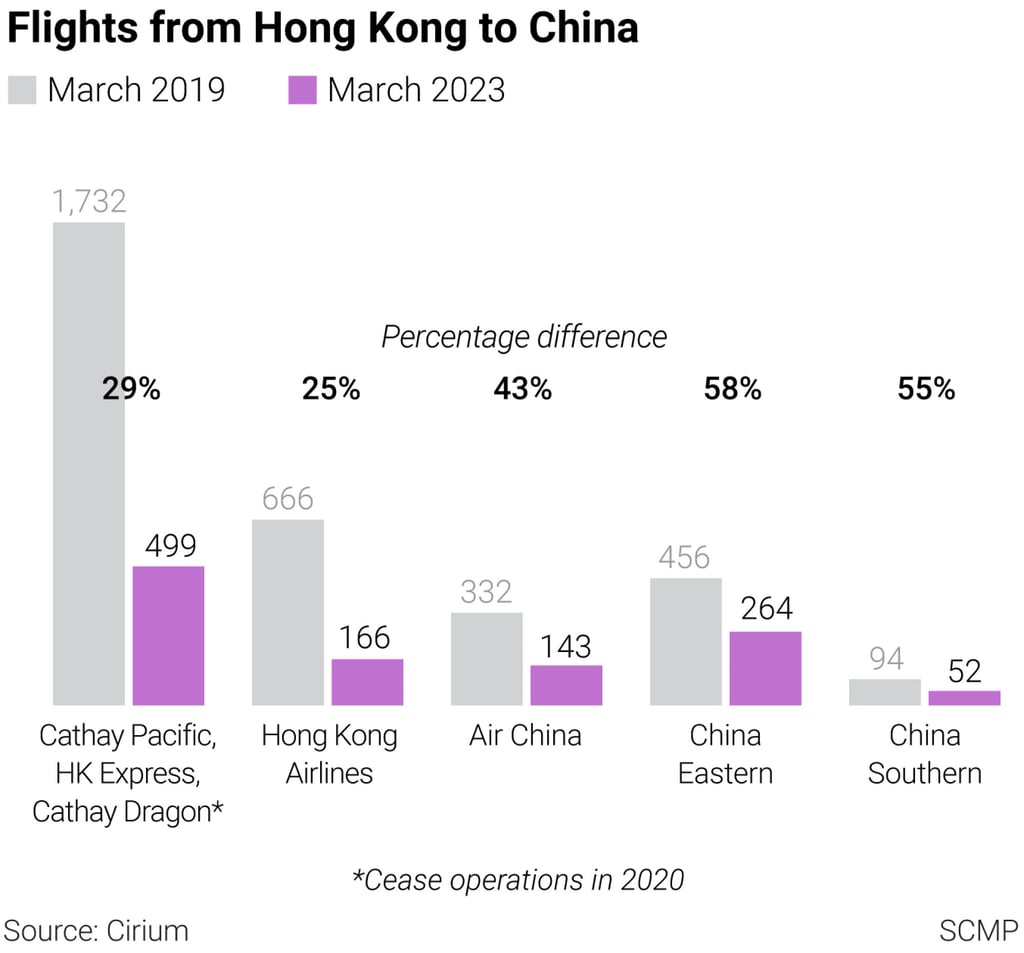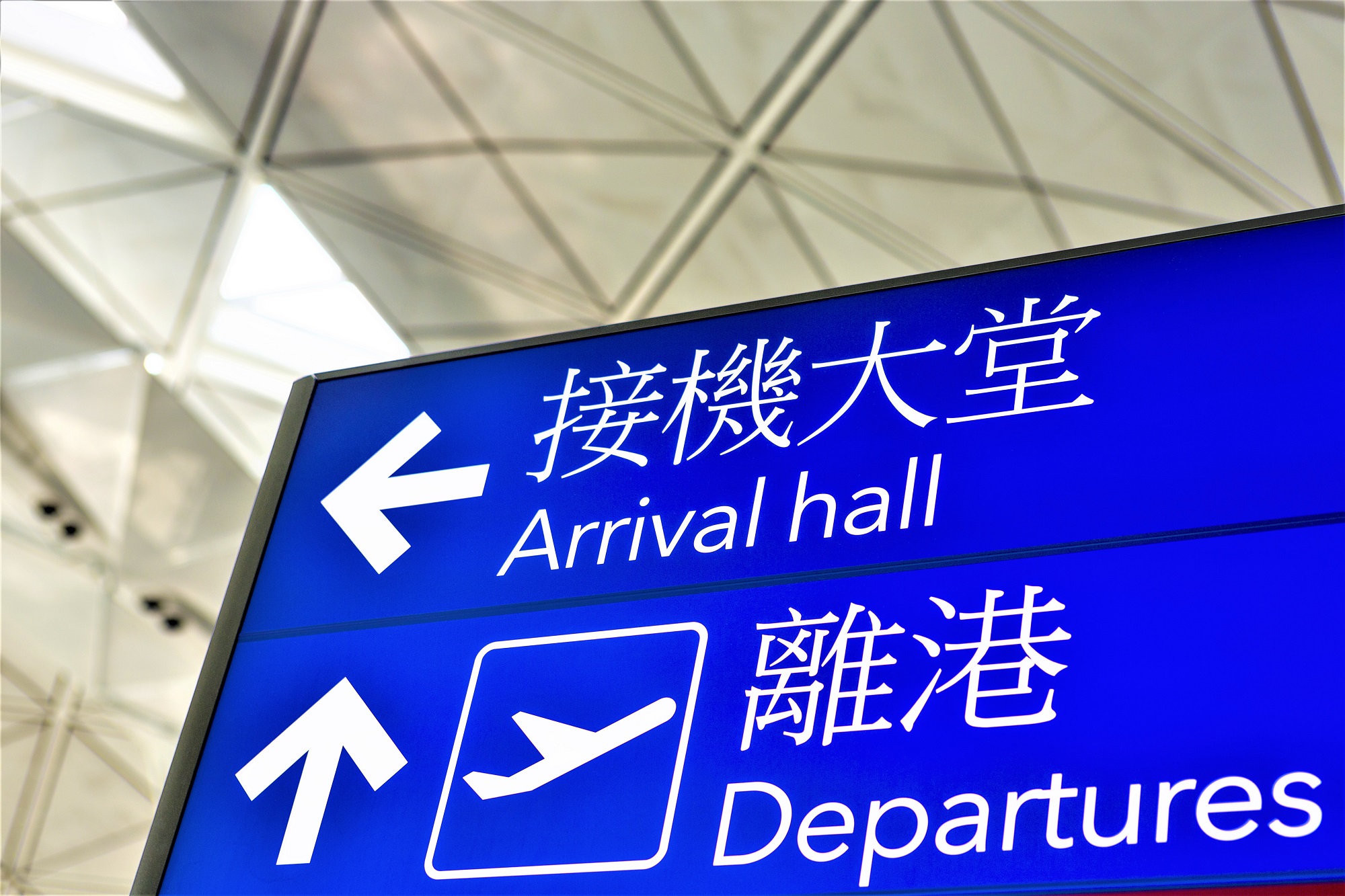Hong Kong Borders - Your Guide To A Unique Place
When you think about places with a truly distinct character, Hong Kong often comes to mind, and for good reason. It holds a very special place on the map, not quite like anywhere else, you know. This is a spot that blends different histories and ways of life into something entirely its own, making it a truly remarkable destination for anyone looking for something out of the ordinary.
Its location, right there on the south coast of China, just to the east of the Pearl River estuary, gives it a specific feel, a bit like a gateway, in a way. This positioning has shaped so much of what Hong Kong is today, from its lively trade routes to its varied cultural influences. It’s a place that has seen a lot of change, yet still keeps a very strong sense of itself, which is rather interesting.
For decades, this vibrant spot was a British territory, and that past still echoes in many corners of the city, too it's almost. That historical period played a big part in forming its unique identity and administrative setup, which, you know, sets it apart. This blend of past and present, coupled with its particular geographical spot, makes Hong Kong a fascinating subject for anyone curious about how places come to be what they are.
Table of Contents
- What Makes Hong Kong Stand Apart?
- A Look at Hong Kong's Administrative Borders
- How Did Hong Kong's Past Shape Its Current Form?
- The Historical Edges of Hong Kong Borders
- What Kind of Money Does Hong Kong Use?
- What Can You Find to Do in Hong Kong?
- Exploring Hong Kong's Natural Borders and Cityscapes
- How Can You Get Around and Make the Most of Your Hong Kong Visit?
What Makes Hong Kong Stand Apart?
Hong Kong, as a place, has a special kind of setup. It's known as a Special Administrative Region of China, which means it operates with a degree of independence in many areas, even while being part of a larger nation. This unique status shapes its everyday life, its systems, and how things generally work there, you know. It’s a distinct arrangement that gives Hong Kong a character all its own.
This particular administrative structure means that, in some respects, Hong Kong manages its own affairs, like its own money and its own legal ways. It's a bit like having a separate identity within a bigger family, if that makes sense. This difference is a key part of what makes Hong Kong a very interesting place to visit and to understand, actually.
A Look at Hong Kong's Administrative Borders
The way Hong Kong is set up creates what you might call its own administrative borders. These aren't just lines on a map, but rather a framework for how the place operates. People coming into Hong Kong go through their own immigration procedures, for example, which is rather unique for a region within a country. It helps define its distinct character.
So, when you consider Hong Kong's borders, it's not just about the physical edges of the land, but also about these invisible lines of governance. They dictate how business is done, how people move, and what rules apply. It’s a system that has developed over time and continues to shape the daily experiences of everyone there, you know, in a way.
How Did Hong Kong's Past Shape Its Current Form?
For many, many years, Hong Kong was under British rule. This long period of being a British territory left a deep mark on the city, influencing its language, its legal practices, and even its architecture. You can still see and feel these influences in various parts of Hong Kong today, which is quite interesting, really. It's a blend of histories.
This historical connection to Britain means that Hong Kong developed in ways that were quite different from mainland China during those decades. It built its own systems and traditions, which persisted even after the change in governance. This historical background is a big part of what makes Hong Kong so distinct, basically, and shapes its present identity.
The Historical Edges of Hong Kong Borders
The transition from a British territory to a Special Administrative Region of China was a significant moment for Hong Kong. This change redefined its political and administrative borders, giving it a new status while aiming to keep its unique ways. It was a big shift, and the world watched to see how it would unfold, you know.
This historical evolution means that Hong Kong has a story of distinct boundaries, both in terms of its physical separation and its administrative independence. The past has given it a particular set of edges, if you will, that continue to define its place in the world. It’s a testament to its ability to maintain a unique identity through different eras, as a matter of fact.
What Kind of Money Does Hong Kong Use?
One of the clearest signs of Hong Kong's distinct status is its own money. The currency used there is the Hong Kong dollar, which is separate from the currency used in mainland China. This means that when you are in Hong Kong, you'll be using this specific type of cash for your purchases and transactions, which is pretty straightforward, really.
Having its own currency is a big part of Hong Kong's financial independence and its role as a global money hub. It shows how its economic borders operate separately, allowing it to maintain its own financial policies and systems. This makes it a very active place for trade and finance, you know, and helps shape its economic character.
What Can You Find to Do in Hong Kong?
Hong Kong is full of things to experience, genuinely. It’s a place that offers a wide array of activities, from cultural happenings to shopping trips. You can discover many different events taking place, and there are countless opportunities for buying things, whether you are looking for high-end items or local goods, which is quite nice.
The official tourism guide for Hong Kong is a really helpful tool for planning your visit. It covers so much, from dining spots where you can try all sorts of food, to vacation packages that help you put together a trip. You can also find information on guided tours that show you around, and travel planning itineraries to help organize your days, too it's almost.
Beyond the organized tours, Hong Kong has a lot to offer in terms of just exploring on your own. You can wander through markets, visit places of historical interest, or simply take in the city's lively atmosphere. There’s always something happening, somewhere to go, or something new to try, which is very engaging.
Exploring Hong Kong's Natural Borders and Cityscapes
When you look at a physical map of Hong Kong, you get a good sense of its geographical makeup. It shows the major cities, of course, but also the varied terrain, including hills and coastlines. You can see the national parks, which offer a different side to the urban environment, and the rivers that wind through the land, you know.
The map also shows the surrounding countries and the international borders that define Hong Kong’s place on the larger global stage. It gives you a visual idea of where Hong Kong sits in relation to its neighbors and how its outline maps out. This view really highlights the physical boundaries that shape this unique region, basically.
From the bustling city areas to the quiet natural spots, Hong Kong’s physical characteristics are as varied as its culture. You can find places to hike and enjoy nature, or you can stay within the city and experience its vibrant energy. This mix of natural and urban environments is a big part of what makes Hong Kong a very interesting place to explore, in some respects.
How Can You Get Around and Make the Most of Your Hong Kong Visit?
To really enjoy Hong Kong, it helps to have some good information about getting around and making the most of your time. A travel guide for Hong Kong can give you a lot of useful tips. It often covers the best places to visit, helping you pick out the spots that match your interests, which is super helpful, you know.
These guides also typically suggest the top things to do, whether that’s seeing famous sights or trying local activities. They can tell you about the best times of year to visit, considering things like weather and events, so you can plan your trip accordingly, which is quite practical. This way, you can make sure you're there during a good period.
Information on Hong Kong transportation is also a big part of any good travel guide. Knowing how to move from one place to another, whether by train, bus, or ferry, is important for getting around efficiently. Guides also usually offer advice on where to stay, suggesting different areas and types of lodging, which is very convenient, naturally.
Beyond the practicalities, Hong Kong is often considered one of the most international cities in East Asia. It’s a place that truly feels global, with people from all over and a mix of influences that you can see in its food, its shops, and its general atmosphere. There are so many things to eat, to see, and to do, it’s almost overwhelming, in a good way.
Before you visit, it's a good idea to check out any specific notes or definitions that might be helpful. Some resources have pages dedicated to explaining different topics, which can give you a deeper insight into Hong Kong's unique aspects. Knowing a few key facts about Hong Kong before you arrive can also make your visit smoother and more enjoyable, as a matter of fact.
Whether you are interested in its distinct history, its bustling city life, or its natural beauty, Hong Kong offers a rich experience. It’s a place that invites exploration, promising something new around every corner. Just getting to know a bit about it beforehand can really make a difference to your trip, you know, helping you appreciate its special character.
This article has covered Hong Kong's unique status as a Special Administrative Region, its history as a British territory, its distinct currency, and its geographical setting near the Pearl River estuary. It has also touched on the extensive tourism options available, from various experiences and events to shopping, dining, and travel planning tools. We explored how physical maps show its cities, terrain, and international borders, and discussed the useful information found in travel guides, including top places to visit, transportation, and accommodation. Finally, we looked at Hong Kong's reputation as a highly international city in East Asia, full of diverse activities.

High Quality Map Hong Kong Borders Stock Vector (Royalty Free) 642255130

Hong Kong borders are open, so why aren’t mainland Chinese visitors

China to reopen borders with Hong Kong and Macau - AeroTime